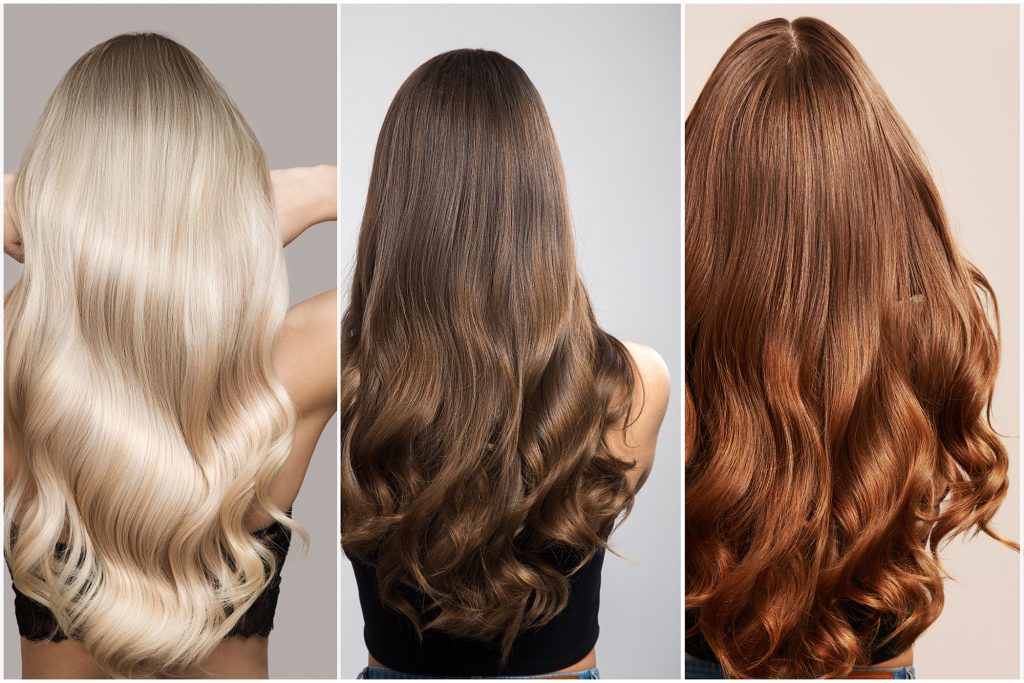Choosing the right hair color can enhance your natural beauty, complement your features, and boost your confidence. The key to selecting the perfect shade is understanding your skin tone and undertone. Here’s a guide to help you find the best hair color for your complexion.

Identifying Your Skin Tone and Undertone
Your skin tone falls into one of three main categories:
- Fair – Light skin that may burn easily.
- Medium – A warm, sun-kissed complexion.
- Dark – Deep, rich skin tones.
Your undertone is the subtle hue beneath your skin’s surface and is classified as:
- Cool (pink, red, or bluish undertones)
- Warm (yellow, golden, or peach undertones)
- Neutral (a mix of both warm and cool undertones)
A simple way to determine your undertone is by looking at the veins on your wrist:
- If they appear blue or purple, you likely have a cool undertone.
- If they look greenish, you likely have a warm undertone.
- If it’s difficult to tell, you may have a neutral undertone.
Best Hair Colors for Different Skin Tones
Fair Skin
- Cool Undertones: Ash blonde, platinum, cool brown, burgundy, and cool reds.
- Warm Undertones: Golden blonde, honey, caramel, strawberry blonde, and warm auburn.
- Neutral Undertones: Soft beige blonde, neutral browns, and warm chocolate.
Medium Skin
- Cool Undertones: Espresso brown, cool mocha, icy blonde, and deep auburn.
- Warm Undertones: Caramel, golden brown, warm copper, and honey blonde.
- Neutral Undertones: Rich chocolate, bronde (brown + blonde), and neutral chestnut.
Dark Skin
- Cool Undertones: Dark espresso, blue-black, cool deep brown, and deep burgundy.
- Warm Undertones: Warm chocolate, golden brown, rich auburn, and copper.
- Neutral Undertones: Warm black, mahogany, dark caramel, and toffee shades.
Tips for Choosing the Right Hair Color
- Consider Your Eye Color – Certain shades enhance your eye color and make them pop.
- Think About Maintenance – Some shades require frequent touch-ups.
- Use a Virtual Hair Color Try-On App – This helps you see how different shades look before making a decision.
- Opt for Highlights or Balayage – If you’re unsure, adding subtle highlights can enhance your natural hair color without drastic changes.
Conclusion
The best hair color for your skin tone enhances your features and complements your natural beauty. Whether you go for a bold transformation or subtle highlights, understanding your undertones will guide you toward the perfect shade. If in doubt, consult a professional hairstylist to find the best match for you!


